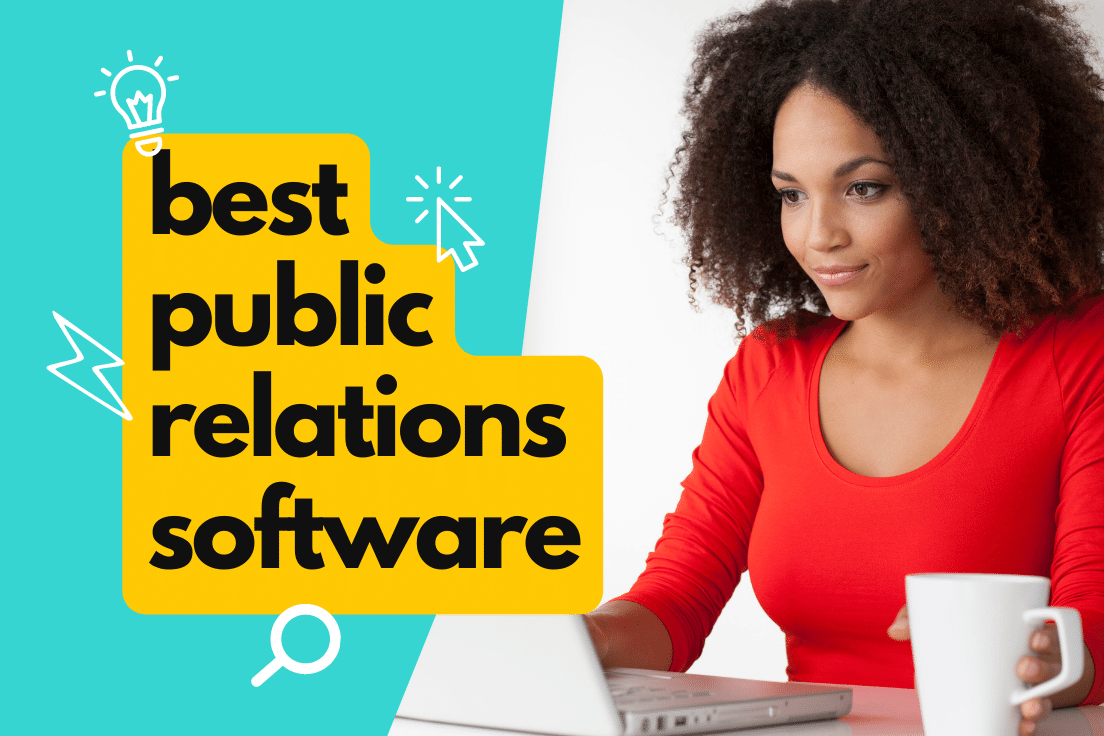
1. Understand Your PR Goals and Needs
Before selecting public relations software, it’s essential to understand your specific PR objectives. Are you focused on media outreach, press release distribution, or tracking brand mentions? Knowing what you want to accomplish will help you choose a software solution with the right features. Here are some key questions to ask:
| Key Question | Considerations |
|---|---|
| What’s your main PR objective? | Media monitoring, press releases, influencer outreach? |
| Do you need advanced analytics? | Measure the impact of your campaigns and media mentions. |
| Is media outreach a priority? | Build media lists and track press coverage. |
| Do you need social media integration? | Monitor and respond to social media mentions. |
Pros: Helps identify which software is best for your specific goals.
Cons: Requires careful analysis of your business needs.
2. Key Features to Look for in PR Software
When choosing public relations software, consider these essential features that will help streamline your PR efforts:
Media Database
A comprehensive media database allows you to build and manage relationships with journalists and influencers. Look for software with an extensive database that lets you filter contacts by industry, location, or influence level.
Press Release Distribution
Choose software that supports press release distribution, especially if sending news to multiple outlets is a priority. This feature should allow you to target specific industries, geographies, and media types.
Media Monitoring
Effective media monitoring tools allow you to track your brand mentions, measure media coverage, and analyze sentiment. Look for software that offers real-time tracking across news outlets and social media platforms.
Analytics and Reporting
Choose software with robust analytics features to evaluate your PR campaigns’ effectiveness. This should include detailed reports on media mentions, audience reach, and engagement metrics.
| Feature | Description |
|---|---|
| Media Database | Build and manage relationships with journalists and influencers |
| Press Release Distribution | Distribute press releases to various media outlets |
| Media Monitoring | Track brand mentions and media coverage in real-time |
| Analytics | Measure the success of campaigns with detailed reporting |
| Customer Support | Ensure responsive support and assistance when needed |
Pros: Streamlines communication efforts, tracks brand performance.
Cons: Software with all features might be more expensive.
3. Evaluate the Software’s User Experience
The usability of your public relations software is crucial for efficiency. Ensure the software is intuitive and easy to navigate, so your team can quickly adapt to the system without lengthy training sessions. The interface should be user-friendly, and workflows should be automated wherever possible.
| Evaluation Criteria | What to Look For |
|---|---|
| Ease of Use | Clear and intuitive interface for team members |
| Customization | Ability to tailor the software to fit your PR workflow |
| Integration | Integration with other tools (CRM, social media, etc.) |
| Mobile Access | Ensure software is accessible via mobile devices |
Pros: Saves time, reduces the learning curve.
Cons: Some software solutions may lack advanced customization.
4. Compare Pricing and Features
Pricing is an important factor when choosing public relations software. Different tools have varying pricing models, so you must evaluate the value provided for the cost. Some software charges based on the number of users, while others may offer tiered pricing based on features.
| Software Option | Pricing Model | Key Features |
|---|---|---|
| Cision | Subscription-based pricing | Comprehensive media database, press release distribution |
| Meltwater | Custom pricing based on business needs | Real-time media monitoring, social listening |
| Prowly | Monthly subscription | Media list management, press release distribution |
| BuzzStream | Tiered pricing for small to large teams | Outreach management, relationship building tools |
Pros: Allows you to find a solution within your budget.
Cons: Pricier software may be out of reach for smaller businesses.
5. Look for Customer Support and Training
Customer support is vital when using public relations software, as issues or questions are inevitable. Look for software vendors that offer 24/7 support and provide resources such as online tutorials, training sessions, and customer support teams to ensure a smooth experience.
| Customer Support Criteria | Considerations |
|---|---|
| Availability | 24/7 support and quick response times |
| Resources | Access to training videos, FAQs, and guides |
| Live Chat | Availability of live chat for immediate assistance |
| Dedicated Account Manager | Support from a dedicated professional for your needs |
Pros: Minimizes downtime, aids in efficient software usage.
Cons: Quality of support can vary between vendors.
6. Test and Review Customer Feedback
Before finalizing your decision, it's a good idea to test the software by requesting a demo or trial. Additionally, reading customer reviews and feedback can help you gauge the software’s performance and reliability.
| Review Source | What to Look For |
|---|---|
| Customer Reviews | Look for feedback on usability, support, and features |
| Case Studies | Review case studies or testimonials from businesses like yours |
| Independent Reviews | Check third-party websites for unbiased feedback |
Pros: Helps validate your choice before making a financial commitment.
Cons: Opinions may be subjective, so consider multiple sources.
Conclusion
Choosing the right public relations software for your business needs can greatly improve the effectiveness of your PR efforts. By evaluating key features, pricing models, usability, and customer support, you can find a solution that aligns with your goals. Make sure to consider your specific needs and take advantage of free trials or demos to ensure a perfect fit for your business.





